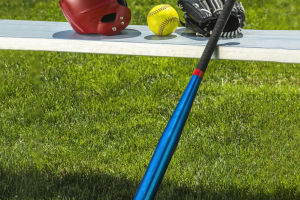The Rollerblade brand was born in 1980 in Minnesota, USA, by two hockey-playing brothers, Scott and Brennan Olson. They were looking for a way to stay in shape during the off-season, and their solution was to develop a new kind of inline skate.
The Olson brothers' design incorporated a plastic frame that held the wheels in a straight line rather than a square formation, which was used by traditional quad skates. They called this new design "Rollerblade," and in 1982, they formed the Rollerblade Corporation and began to sell their inline skates.
At first, Rollerblade skates were primarily used by ice hockey players as a training tool, but soon after, it became a popular recreational activity. In the 1990s, inline skating became a craze, with many people taking it up as a fun way to get exercise and stay active. Rollerblade was the leader in the industry and dominated the market during this period.
In the early 2000s, the popularity of inline skating declined, but Rollerblade continued to innovate, creating new designs and technologies to keep the sport fresh and exciting. They introduced new materials, such as carbon fiber, to make skates lighter and more responsive, and new designs, such as the Twister and Macroblade series, that offered increased control and stability.
Today, Rollerblade remains a popular brand for inline skating enthusiasts, and the sport has evolved into a wide range of disciplines, from freestyle slalom to speed skating and even aggressive skating.
If you're a new beginner looking to start inline skating, here are some tips to get started:
1. Choose the right skate: The right inline skate will depend on your skill level and what kind of skating you want to do. For beginners, a recreational skate with a soft boot is recommended as they offer comfort and stability.
2. Wear protective gear: It's important to wear protective gear, such as a helmet, wrist guards, elbow pads, and knee pads, to prevent injuries.
3. Start slow: Take it slow and steady when you're first starting out. Practice on a flat surface and work on your balance and basic movements before attempting any advanced techniques.
4. Learn proper technique: Proper technique is essential for inline skating. Learn the proper stance, foot positioning, and braking techniques to prevent injury and improve your performance.
5. Don't forget to stretch: Like any physical activity, it's important to stretch before and after skating to prevent injury and improve flexibility.
6. Find a community: Joining a local skating group or club is a great way to connect with other skaters and learn from experienced skaters.
7. Have fun: Inline skating is a fun and exciting activity that can be enjoyed alone or with friends. Don't forget to enjoy the ride and have fun!
Rollerblade has a rich history and has played a significant role in the evolution of inline skating as a sport and recreational activity. If you're new to inline skating, follow these tips to get started and enjoy the thrill and excitement of this fantastic sport.


